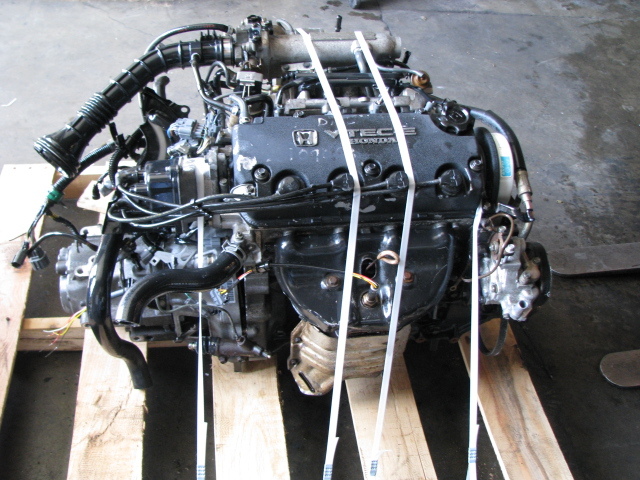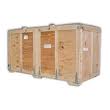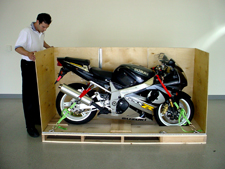One of the most commonly LTL freight shipped items is used electronics. People ship used electronics for repair, resale or storage. Many times when people LTL freight ship used electronics they put many different types of used electronics on a single pallet. With new electronics this sometimes causes a problem, however with used electronics it’s no big deal! Most used electronics are LTL freight class 92.5 which makes shipping an assorted variety of electronics much easier and less expensive for our LTL freight shippers.
Things to know when getting an LTL freight quote when shipping used electronics:
- Know the weight and dimensions of your LTL freight shipment
- The value of the used electronics you are LTL freight shipping
When packaging used electronics, make sure they are protected and securely fastened on a pallet. Remember that LTL freight will be moved on and off several trucks and it is important that even used electronics are properly packaged when they are being moved like this.
Just because you are shipping something used, don’t neglect to insure it! Most carriers include some insurance in the cost of transportation, but it’s worth confirming how much you are covered. If your freight isn’t covered to the extent that you need coverage we can offer you third party insurance.





